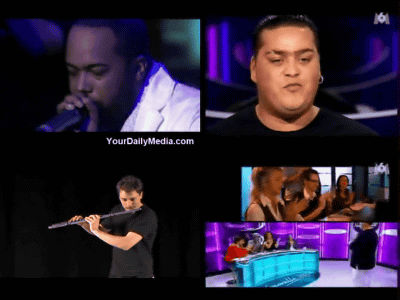Why would an attempt to 'copy all melody copyrights' protect future music?

The number of companies and people affected by
Every Melody Has Been Copyrighted (and they're all on this hard drive)-YouTube
All men have one external storage. 'There is 2.6 terabytes, everything is here. Compress it into a TAR file,' said the man.
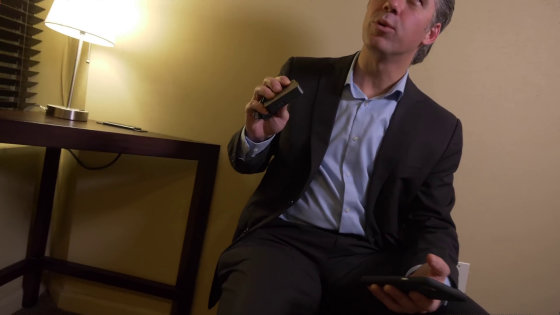
The man is
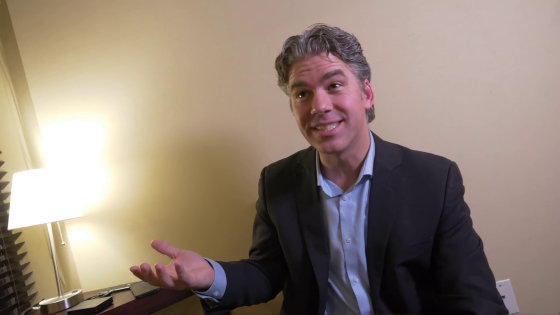
This is the presentation. In a presentation, Riehl stated that he was working on a project 'to get the copyright of every melody possible.'
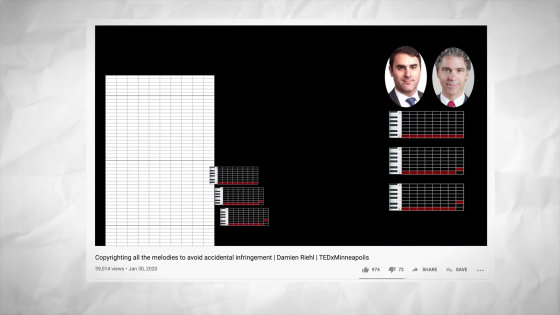
Riehl is a lawyer with a bachelor's degree in music and has been coding since 1995. He has worked as a judge for 10 years and has taught copyright law at law school. And I'm working on a project that combines my backgrounds in technology, law, and music to protect melody by copyright.
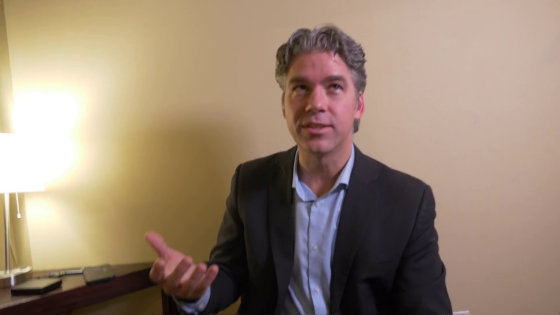
Noah Rubin, a musician who is cooperating with Riehl, is speaking from a smartphone. They thought, 'Is it possible to make all melodies brute force like a password brute force attack?'
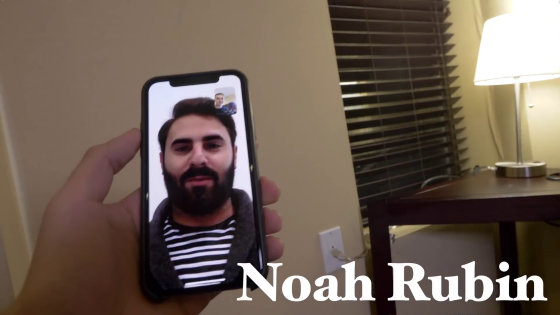
A password brute force attack involves finding an unknown password by trying it all over.
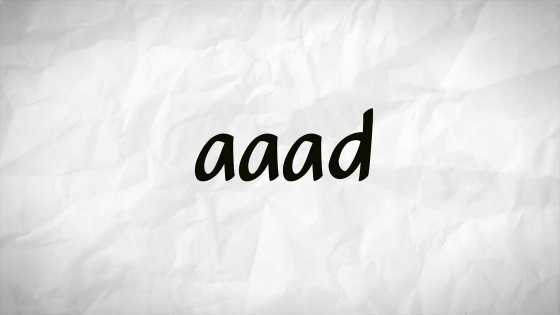
The same idea is the idea of using computers to create “all the melodies”. However, there are 12 notes in one

So, Riehl et al. Mathematically calculated what the melody would be like, limiting it to one octave from 'do' to 'do'. And they said that they created 68.7 billion melody of 12 scales using 8th note centered on
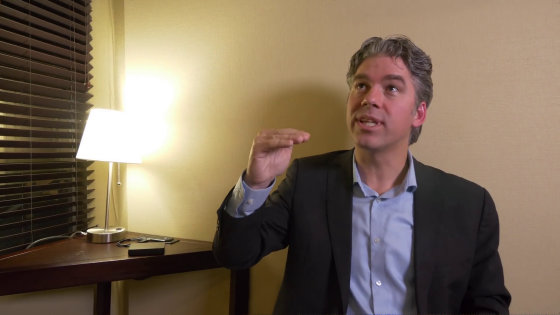
In 2012, the calculation was performed with a movie '
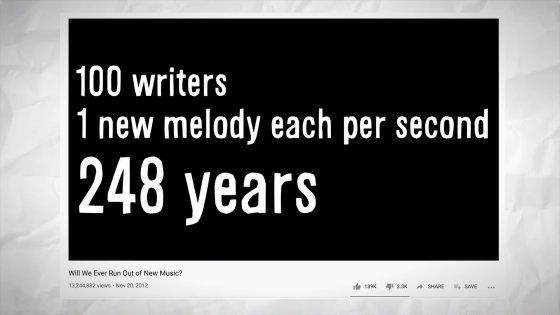
Isn't rhythm considered in this project? Riehl says, 'Pitch change is the DNA of the melody, and pitch change is more important.'
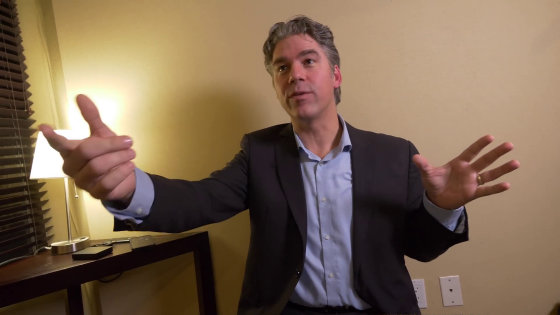
Regarding the question 'Do you not consider music that uses sounds exceeding one octave, music on a
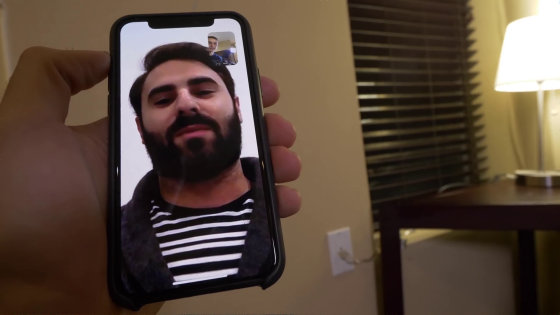
At the root of this project is that the melody is a simple permutation of parameters. Rethinking music copyright, the idea that 'one person can own a permutation' seems strange.
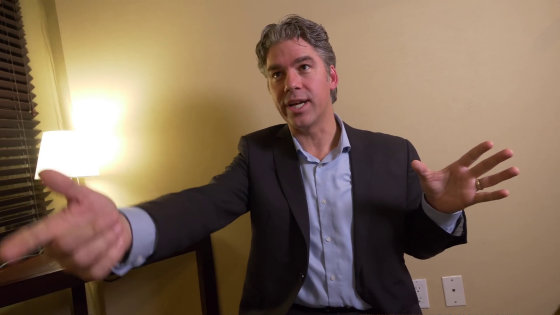
Copyrighted music has been protected for 95 years since its publication, and only one person can continue to monopolize the melody. Given the finite number of melodies created, it is possible for a copyrighted and powerful musician to claim the name of an unnamed musician 'it's my song' and crush the opponent. Riehl and Rubin are concerned about this. 'I should be able to compose without worrying about the effects of the music I heard 20 years ago,' said musician Riehl.
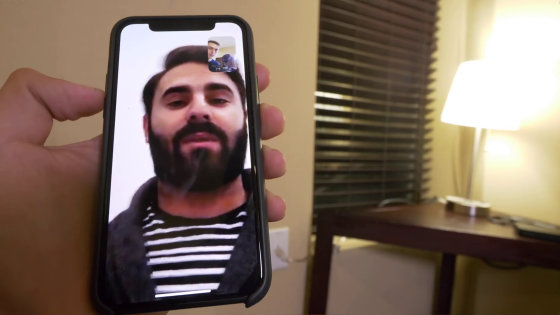
Another important point in legally contesting the copyright of a melody is the issue of access. Theoretically, it is possible for two completely unrelated individuals to independently produce the same melody. At this time, the question of 'whether or not you have access' depends on the decision of 'Which one has the copyright?'
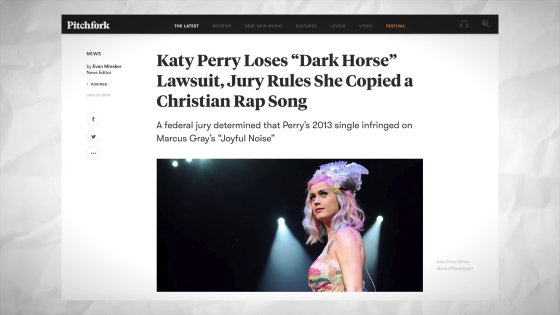
In this case, the jury ruled that 'even though Katie Perry has never heard of Joyful Noise, she has access to Joyful Noise.' The jury did not believe the testimony that 'I have never heard of Joyful Noise' because Joyful Noise's music video was so popular that it was played 3 million times on YouTube.
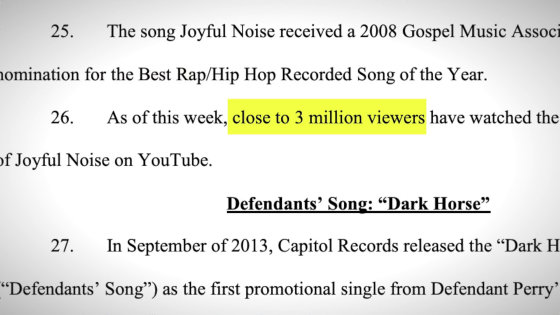
So Riehl and Rubin made both the melody dataset and the program public domain and archived it on the website
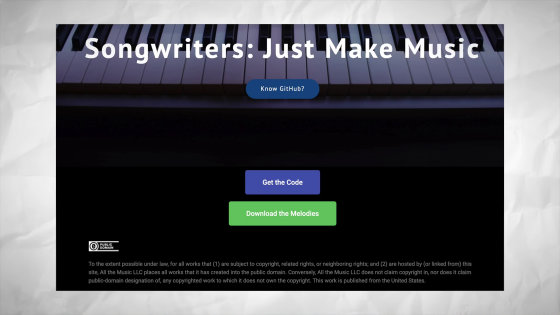
From Katie Perry's example, if `` three million views on YouTube '' is the threshold for `` access, '' theoretically, Riehl's TED Talk lecture movie and the number of views of this movie If the total reaches 3 million times, the person who made the melody made after the release of the movie must prove that 'the movie has not been accessed' in order to claim copyright. On the contrary, the goal of the project is to prevent powerful musicians from suing unknown musicians.
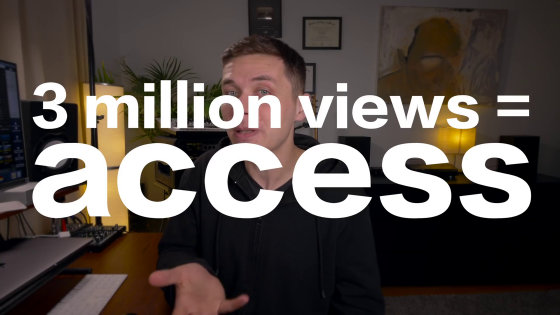
'Hearing this story, if you have a lawyer who believes in the potential, please discuss it,' Rubin said.

Related Posts:
in Video, Posted by darkhorse_log






